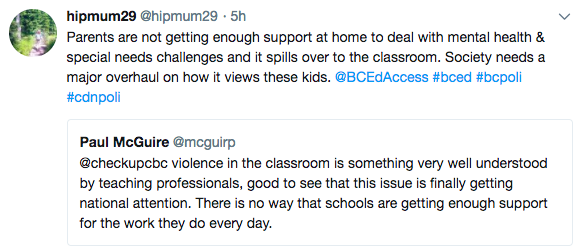
Taylor Swift – “Shake It Off “(Taylor’s Version)
Okan – La Reina Del Norte (OKantomi)
The Lemon Twigs – “My Golden Years”
The National – Crumble feat. Rosanne Cash – (Laugh Track)
Durand Jones – “Wait Til I Get Over”
Grian Chatten – Last Time Every Time Forever– (Chaos for the Fly)
Liam Gallagher and John Squire – “Just Another Rainbow”
Lonnie Holley and Sharon van Etten – None of us have but a little while (Oh Me Oh My)
SPRINTS – “Adore Adore Adore”
This is our second show of the best of for 2023. I chose my songs from a variety of best of lists – CBC Top 100 Canadian Songs, The Guardian – for The National (they were everywhere), The Guardian again for Grian Chatten, and The New Yorker‘s list for Lonnie Holley. These are all solid suggestions and write-ups so I have included them all here. I will include a few additional notes in some spots.
Okan – La Reina Del Norte (OKantomi)
Taking their name from the word for heart in the Afro-Cuban religion of Santeria, OKAN is an award-winning, women-led ensemble that fuses Afro-Cuban roots with jazz, folk, and global rhythms in songs about immigration, courage, and love. (Chamberfest Ottawa)
The open secret to Okan’s brilliance is the palpable creative chemistry of its married co-leaders Elizabeth Rodriguez and Magdelys Savigne. Their dynamic interplay — Rodriguez’s violin and lead vocals and Savigne’s percussion and backing vocals — is an enthralling dance, and evident in every aspect of their music. Okantomi, their third and most ambitious record yet, is a testament to the ways in which they’ve grown together as a band but also as individual musicians and composers. The artists draw on their shared Afro-Cuban roots and musical cultures to craft a brilliantly lush sonic garden of genre-defying jazz-classical-pop that’s as personal as it is experimental. Dance along to the joyful liberation of “La Reina del Norte,” exchange flirty glances to the sultry Afro-Latin pop of “Iglu,” and witness the urgent, fervent hope of the richly layered “Oriki Oshun,” which Rodriguez composed in the wake of a miscarriage and as a prayer for protection in her next pregnancy. — AW
CBC Best 100 2023
And from Errol Nazareth (CBC)
Okan, which comes from the word for heart or soul in Santeria religion, is an Afro-Cuban Latin jazz ensemble led by Elizabeth Rodriguez and Magdelys Savigne. The composers, multi-instrumentalists and vocalists are both from Cuba and have Afro-Cuban roots, but it wasn’t until they moved to Canada that they met and fell in love. The married duo released their first album as Okan in 2019 (Sombras) and followed that up with 2020’s Espiral, which won a Juno for world album of the year.
Taylor Swift – “Shake It Off “(Taylor’s Version) from 1989 (Taylor’s Version)
What can you say about Taylor Swift that hasn’t been said already? So there’s no need here to dispense with any biographical details. However, in 2019, Swift came in dispute with her former record label, Big Machine Records over the ownership of the masters of her first six studio albums. This led her to release the re-recorded albums—Fearless (Taylor’s Version), Red (Taylor’s Version), Speak Now (Taylor’s Version), and 1989 (Taylor’s Version)—from 2021 through 2023 to gain complete ownership of her music.
Rolling Stone magazine loves 1989:
“Everybody here wanted something more,” Taylor Swift sang on ‘Welcome To New York’, the opening track to ‘1989’. “Searching for a sound we hadn’t heard before.”
And the search for that sound is what led Swift here, to her 2014 magnum opus in the all-bangers, no-clangers 1980s pure-pop tradition of Madonna’s ‘True Blue’ and Michael Jackson’s ‘Thriller’.
The Lemon Twigs – “My Golden Years” – single
This is the Lemon Twigs third appearance on the podcast. The new single “My Golden Years” harkens back to the power pop sound of the early 70’s. The song is very reminiscent of the Raspberries. While all three Lemon Twigs selections are wonderful, the jury is still out on listening and enjoying a whole album by the band. Here’s an interesting take on the band.
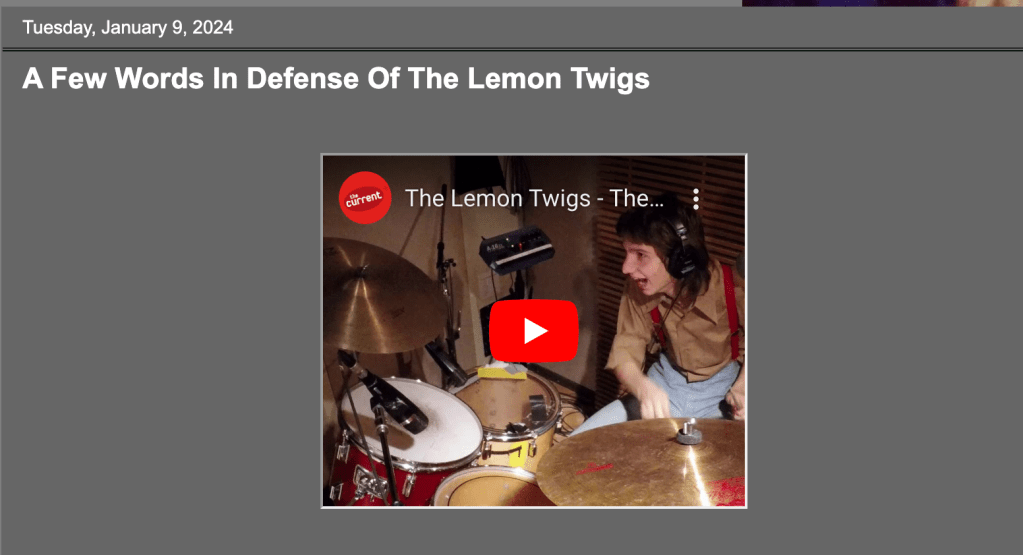
Back in the dark days of COVID lockdown, I wrote two extensive buyer’s guides to Todd Rundgren and Utopia. I am proud of those pieces, in part because, I was unafraid to point out the bad along with the good, something most disciples and fanboys just won’t do, as if the news would get back to the artist and then suddenly, no more Christmas cards from Mr. Rundgren. I love Todd with all my heart, but I also know when he either phones it in, or purposely sabotages an absolutely perfect pop song, something he’s done a little too often over his almost 60 year career.
Everyone writes shitty songs or has shitty ideas. Everyone. Bob Dylan, Paul McCartney, Ray Davies, Paul Simon, Joni Mitchell, Prince, David Bowie, Pete Townshend. EVERYONE!
Burning Wood blog also encapsulates this song the best. https://burnwoodtonite.blogspot.com/2024/01/that-bridge-that-coda.html
Durand Jones – “Wait Til I Get Over” from Wait Til I Get Over
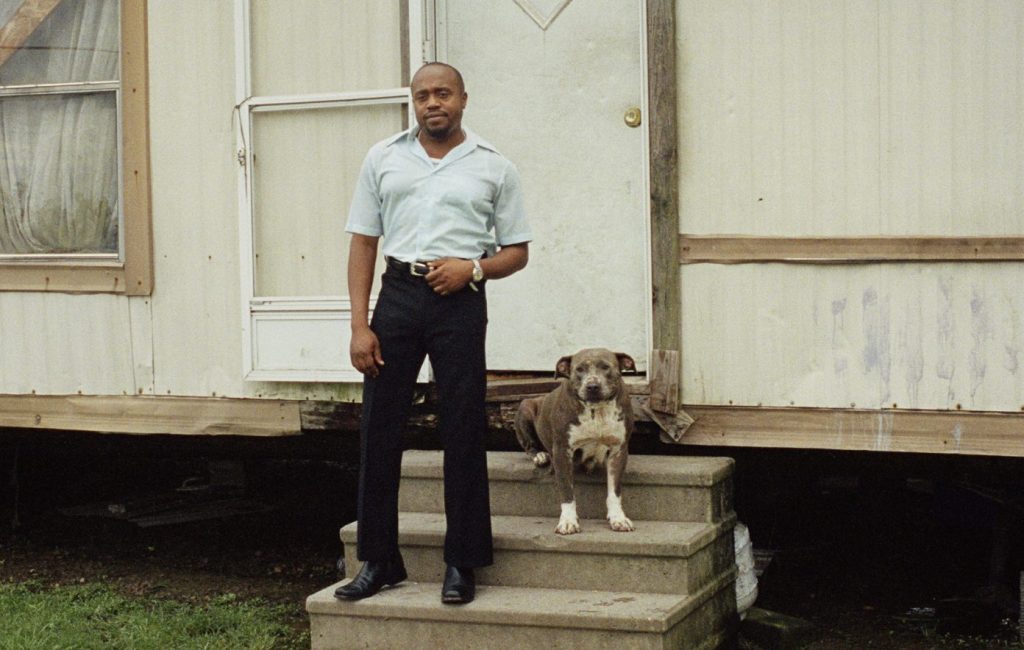
I picked the title track from Durand Jones’s first solo lp. The album is a musical departure from his work with his main band, the Indications.

Jones really explores his gospel Louisiana roots on this number.
…
The National – Crumble fea. Rosanne Cash – (Laugh Track)
As frontman Matt Berninger confronted a debilitating breakdown towards the end of 2019, the National wondered if they would ever even make another album. Then they made two, of which Laugh Track was the surprise second release this year – and which proved that they hadn’t just regrouped but revitalised. For the first time in several years, they sounded like five guys hunkered down in the engine room, smelting lean, light-headed epics such as Deep End and Dreaming, and leaning on a quarter-century’s worth of trust to get out of their own way, letting classic ballads remain unfussed (Laugh Track) and manic dirges untrammelled (Smoke Detector – maybe their best ever song). And almost losing it all gave Berninger’s lyrics a newfound clarity about what’s worth holding on to, most strikingly expressed in Space Invader, which conveyed a kind of panicked gratitude for having recognised love and pursued it years ago when it could so easily have dissolved in a letter that went unwritten, a subway stop missed. LS
33
Grian Chatten – Last Time Every Time Forever– (Chaos for the Fly)
Fontaines DC remain a going concern, but their frontman made this solo release feel anything but a between-albums diversion. There are forays into new sounds for him, such as the breezy Rat Pack backing of Bob’s Casino and cosmic trip-hop on East Coast Bed, but what remains the same is his strength as a lyricist: he tramps moodily towards misanthropy, but a deep love for humanity prevents him from ever quite getting there. Chatten writes the way a sketch artist draws, in deft, sure lines – whether describing New York’s freezing sidewalks getting salted (“the whole of the city was seasoned to taste”) or pinpointing toxic acquaintances (“they will celebrate the things that make you who you’re not”). BBT
Liam Gallagher and John Squire – “Just Another Rainbow” single
Fellow Mancunians Liam Gallagher (Oasis) and John Squire (The Stone Roses) team up for a song that sounds a lot like both their former bands.

https://www.theguardian.com/music/2023/dec/21/liam-gallagher-and-the-stone-roses-john-squire-album
It’s nothing more the a sturdy melodic rock number and there’s nothing wrong with that. . https://pitchfork.com/news/liam-gallagher-and-the-stone-roses-john-squire-join-forces-for-new-song-just-another-rainbow-listen/
SPRINTS – “Adore Adore Adore” from Letter to Self
Sprints are an Irish garage punk band, formed in Dublin in 2019. Their debut album, Letter to Self, was just released last week. This a wonderful album full of scuzzy guitars and great melodies. The video for Adore Adore Adore is charmingly over the top.
Karla Chubb, Sprints’ lead vocalist, explains the song::
“Adore Adore Adore is a guttural reaction to my experience of criticism, gender and misogyny. People can’t seem to stop pressing their idea of what being a woman or acting like a woman is or should be upon us. You can’t act like this, you can’t say that, you have to be born with this or that and it’s exhausting.
There is still a different standard of behaviour expected from me vs even the other members in Sprints. There is a different set of invisible rules I am supposed to abide by – I am supposed to fit their mould and give them what they want – and not deliver what it is I am here to do.So at a time when trans rights are under attack, people are trying to force upon us what they think a woman is or should be, this is the outward expression of my own frustration, struggle and rage.”
Here’s just one of the many overwhelmingly positive reviews of Sprints debut record.

8. Lonnie Holley, “Oh Me Oh My” (Jagjaguwar)
None of us have but a little while – Lonnie Holly, Sharon van Etten
At seventy-three, the visual artist and musician Lonnie Holley still seems to be discovering new worlds. I don’t know how to describe this music in a way that feels true to its magnitude or its singularity: there are strains of free jazz, folk, ambient, and gospel, but mostly it feels like the apotheosis of a genre that we don’t have a name for yet. Michael Stipe adds vocals to the title track, which, like all of Holley’s best and strangest songs, reckons with trauma and God and perseverance and joy. “I suggest you all go as deep as you can,” Holley sings. His delivery is gentle, but it doesn’t seem like the kind of advice anyone can afford to ignore.
The subject of this album is the Alabama Industrial School for Negro Children.

Pitchfork has written a great piece about Holley here
Here is the opening:
The Alabama Industrial School for Negro Children was the kind of educational institution that traumatized its students more than it educated them. Founded in 1911, after the state of Alabama took over a large farming campus in the Mount Meigs community near Montgomery, the juvenile correctional facility became infamous for the horrific abuse and torture it inflicted on poor Black youth. In 1947, inspectors visiting the school found 300 boys “cooped up in cramped quarters with nothing to do or occupy their energies except to eat and live like hogs.” By the 1960s, a century after the Emancipation Proclamation, young inmates were forced to pick cotton from sunrise until sundown; beatings and sexual abuse were common. “This was functionally a slave plantation,” concluded the journalist Josie Duffy Rice, who spent a year and a half researching the school’s history for a podcast series.
sources

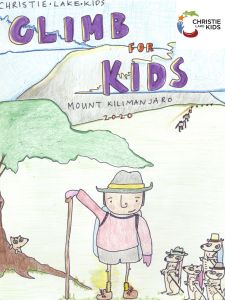






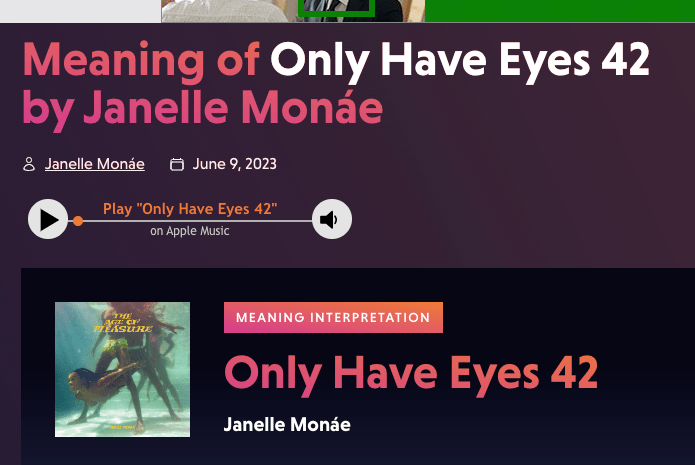






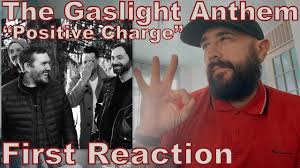

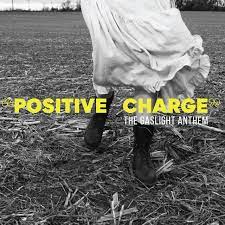









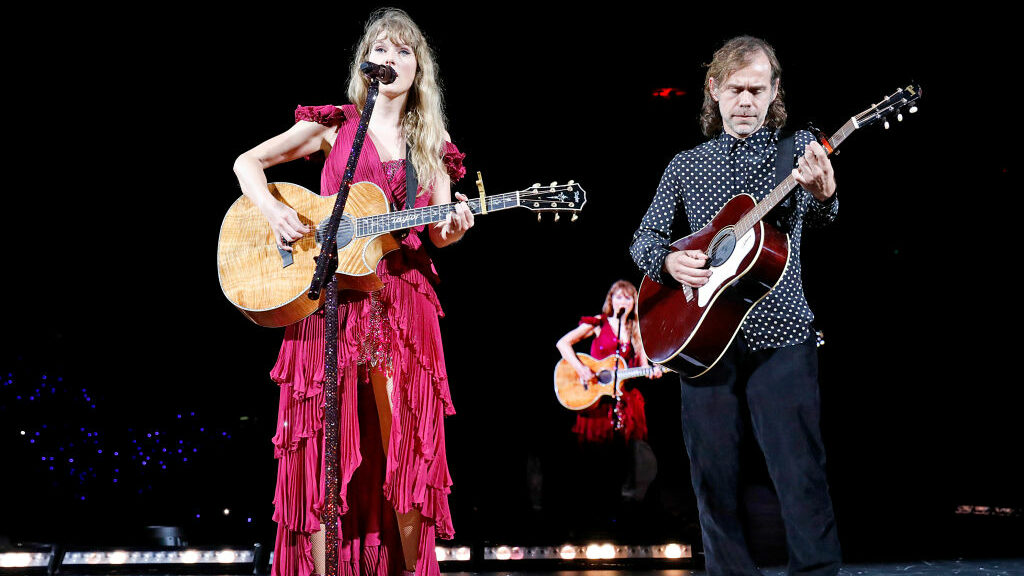














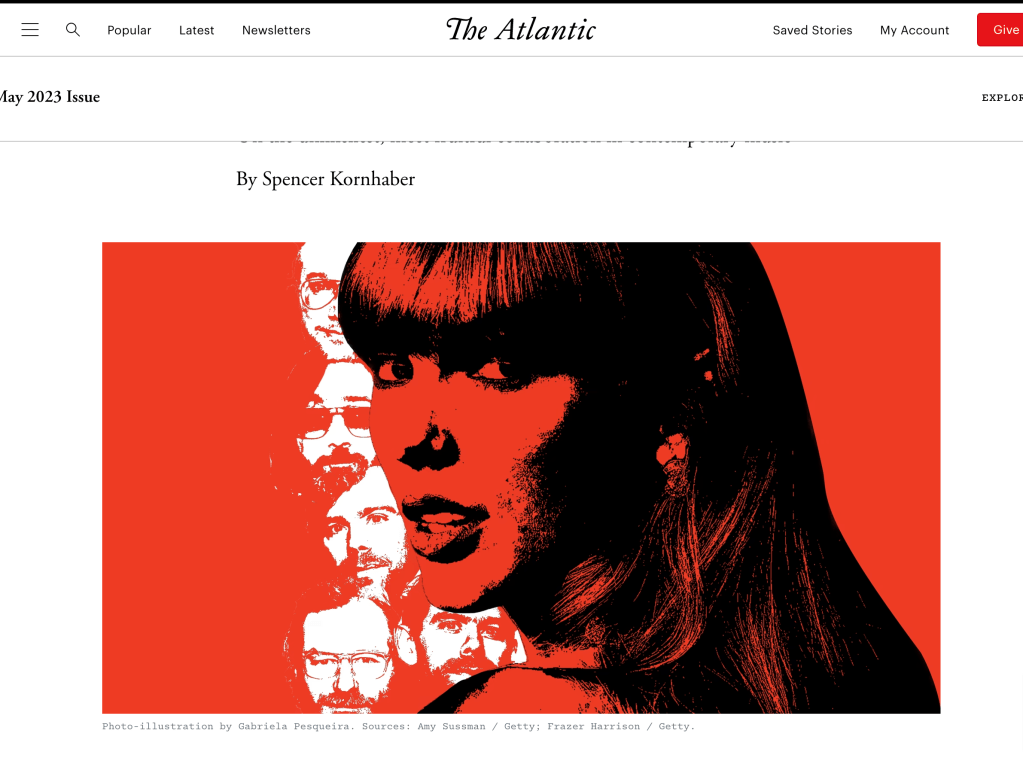
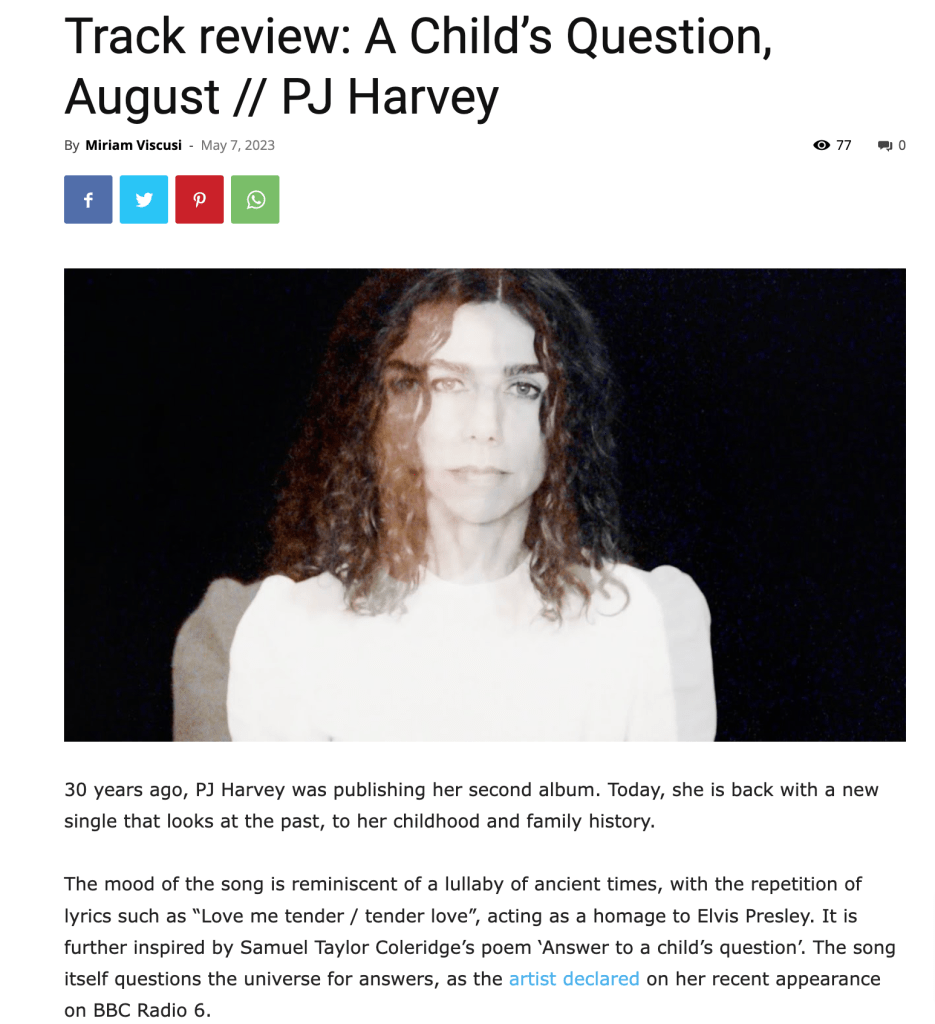




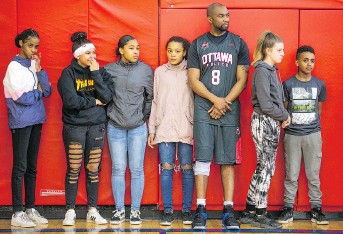






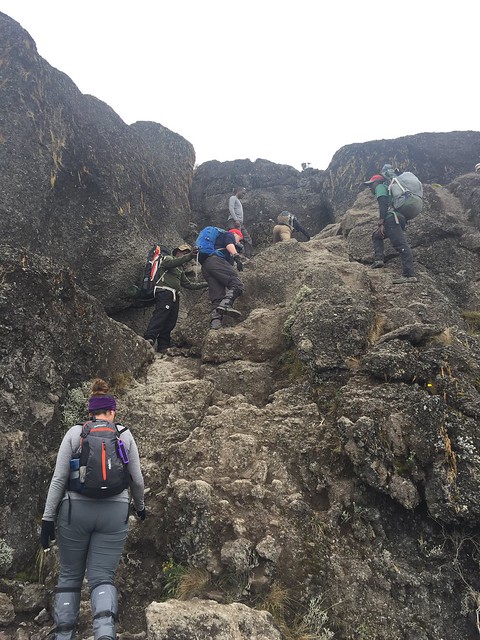







 art endures
art endures




